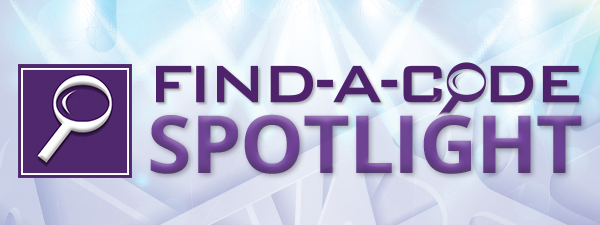 Modifier 22 TipAugust 03, 2016 Depending on a surgeon's area of expertise, documentation becomes an important tool not simply as a marker of care quality, but for the proper capture of charges and reimbursement.This past January 1st marked the 20th anniversary of CMS' adoption of Correct Coding Initiative (CCI) bundling edits, which have over a period of time significantly curtailed surgical reimbursement by eliminating the billing of surgical services that are a common part of a larger, more extensive procedure. With these edits in place, reimbursement for surgical effort that is above and beyond identified standards becomes difficult. It is imperative that physicians display their expertise not only in the operating room, but also in documentary form for the whole world to see. This brings us to today's subject; the 22 modifier. After going through a few different names over the years, the modifier currently represents "increased procedural services". CPT describes this as work that is "substantially greater" than typically required. CPT goes on to say that the documentation "must support the substantial additional work and the reason for the additional work", citing such examples as increased intensity, time, patient severity and technical difficulty of the procedure. Training physicians to include these components in surgical documentation can be challenging. However, most surgeons "buy in" very quickly when the possibility of additional reimbursements is fully explained. As an illustrative example, a patient who weighs over 300 pounds presents for the laprascopic removal of a gallbladder. Upon entering the operative field, the surgeon encounters dense adhesions that require time, effort and expertise than what is normally required for this common procedure. Knowing that some lysis of adhesions is usually necessary during this procedure, the surgeon is now tasked with including in the documentation of the procedure the following information:
Based on these three criteria, the surgeon's documentation should include wording similar to the following: "Of note, thick intra-abdominal adhesions were encountered during the procedure based on the patient's body habitus that required significant adhesiolysis. This portion of the procedure added an additional 20 minutes to the total surgical time than what is normally encountered for this type of procedure". The surgeon, in this case, documented the unusual circumstance encountered, the work required to address this occurrence, and the total amount of time beyond normal for this procedure- the three important elements that must be captured in the operative note to use modifier 22. Once a surgeon begins to capture the necessary elements for the use of the modifier 22 in his or her documentation, the next challenge begins, that being reimbursed for the additional effort. At the time of this writing, there is no insurance carrier that is willing to quantify how additional payment is calculated for the 22 modifier. Unfortunately, specific clinical information on what is normally required for all surgical procedures is kept out of public view by the American Medical Association and CMS. This renders calculating exact dollar amounts for work that is above and beyond the norm difficult. Additionally, some surgeons live in fear that the over utilization of the 22 modifier may lead to an investigation by an insurance carrier somewhere in the future. This concern is mostly unfounded, as the OIG up to this point has focused on the questionable use of the 22 modifier only as it applies to certain medical specialties, such as ophthalmology. As long as surgical documentation supports the use of the 22 modifier in billing, physicians can rest assured that the use of the modifier will stand up to scrutiny. As an auditor, identifying the three key elements indicated earlier in this article is the key to reviewing documentation for the proper use of the 22 modifier. Conversely, an auditor may come across a surgeon whose documentation captures all needed elements for the 22 modifier, but is not using the modifier based on the surgeon's coding and billing staff not knowing what to look for to ensure proper charge capture. These two scenarios are an opportunity for the auditor to provide a considerable return on investment to a surgical practice in the long run.
This Week's Audit Tip Provided by:
J. Paul Spencer, CPC, COC
Paul is a Coding/Auditing Specialist for NAMAS' parent organization, DoctorsManagement, LLC
share
More Items in August 2016
To view more items select a month from our "Items by Month" list. |
2023 view 2022 view 2021 view 2020 view 2019 view 2018 view 2017 view 2016 view 2015 view 2014 view 2013 view 2012 view 2011 view 2010 view 2009 view 2008 view |
Thank you for choosing Find-A-Code, please Sign In to remove ads.

 Quick, Current, Complete - www.findacode.com
Quick, Current, Complete - www.findacode.com